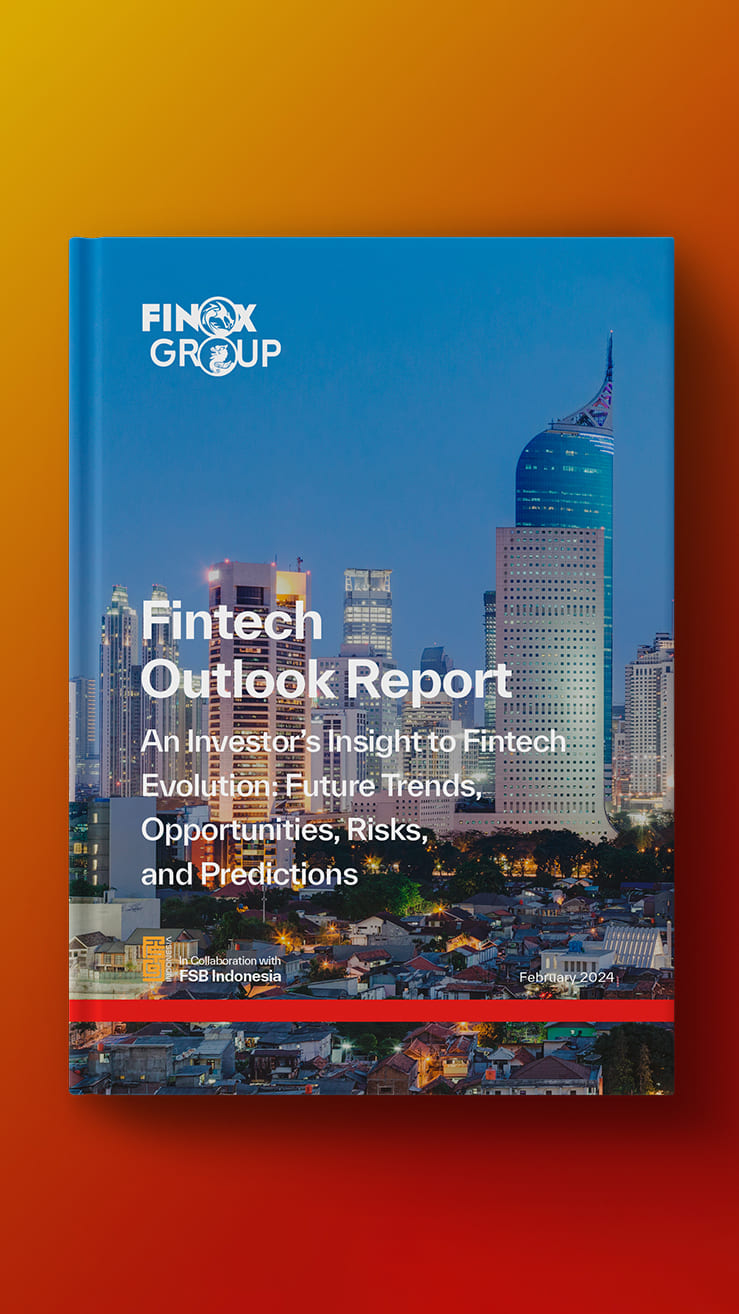
Peer-to-peer lending is one of the popular growing sectors of financial technology that provides investors with an opportunity to maximize returns in Indonesia. In addition, high demand and profits drive P2P lending in Indonesia, making it a perfect platform for MSMEs and several other individuals to borrow money from each other. However, the incidents of fraudulent lending practices have tipped a lot of people off.
According to Google, Indonesia is one of the most valuable untapped markets, with an unbanked population of 66 per cent of its total population. However, the number is gradually reducing with the introduction of Fintech in the country. What’s more, the P2P Fintech sector is helping MSMEs get capital loans to establish their enterprises. This piece discusses how high demand and profits drive P2P lending in Indonesia.
The Growth Of P2P In Indonesia And Its Risks And Returns
After OJK Financial Services Authority put up the regulations guiding P2P lending, the financial service sector grew rapidly. What’s more, high demand and profits drive P2P lending in Indonesia, however, the regulations put up by the authorities were the major factor that ensured the growth of P2P. This is because the country’s citizens got reassured of their safety in the Fintech ecosystem.
The regulations put up were a brief of restrictions and obligations that P2P platforms must observe to ensure transparency. OJK also enlisted in the regulations the requirements that every P2P platform must observe to be eligible in the country. In addition, the financial services also required P2P lending platforms to pay up to 71 million dollars while registering and getting a license to establish their platforms.
Even though this might seem a little much for P2P lending platforms, it is a crucial step to ensure the security of the investors and consumers in the market. According to the Oxford business group, the country recorded a loan amount of 1.1 billion dollars disbursed between 2.8 million people in the country in 2016-2018. This sudden surge was a result of the regulations OJK put in place.
With conventional banks not offering financial services to MSMEs in Indonesia, it has generated profits for Fintech. The Tabungan Pensiunan Nasional Syariah gives annual loans between $71 and $142 with an interest of 30 per cent. This is almost the same as the interest rates of traditional banks in the country. There are also private P2P lending companies going into the market to enjoy the profits. Although, most of them partner with each other to strengthen ties and stand out in the market.
Peer-to-peer lending is popular because of its ability to meet the growing demand for credit in a country that still has a larger unbanked population. Also, it is easy for the P2P platforms to reach out to several parts of the country with their several agents in play.
Although, before a P2P offers a loan to an individual or MSME, they tend to study the customer to check the person’s net income and responsibility in terms of financing. This study can involve checking one’s public information, activities on social media, etc which varies for every micro-lender.
With the P2P lending companies flourishing, they still face a series of challenges to supply funds. Digitalization is yet to reach the rural areas fully, and lack of awareness is making people in the rural areas resort to informal lending for funding. This can cause a cycle of debt one might not be able to pay, and sometimes lenders might end up embarrassing borrowers if they fail to pay at a certain date.
On the other hand, financial service bodies are working hard to block several illegal applications and websites. The registered P2P lenders and OJK are being cautious, creating unique platforms that stand out in the Fintech industry. The aim is to reduce the chances of borrowers being scammed. Also, the Investment Alert Taskforce and Indonesian police dish out codes of conduct to enforce company standards.
Wrap Up
It is worthy to note that high demand and profits drive P2P lending in Indonesia, hence, promoting industrialization. With the country’s population on the high side, this makes it the perfect investment for foreign and local investors willing to lend money. Go through this guide to learn about P2P lending in Indonesia.













